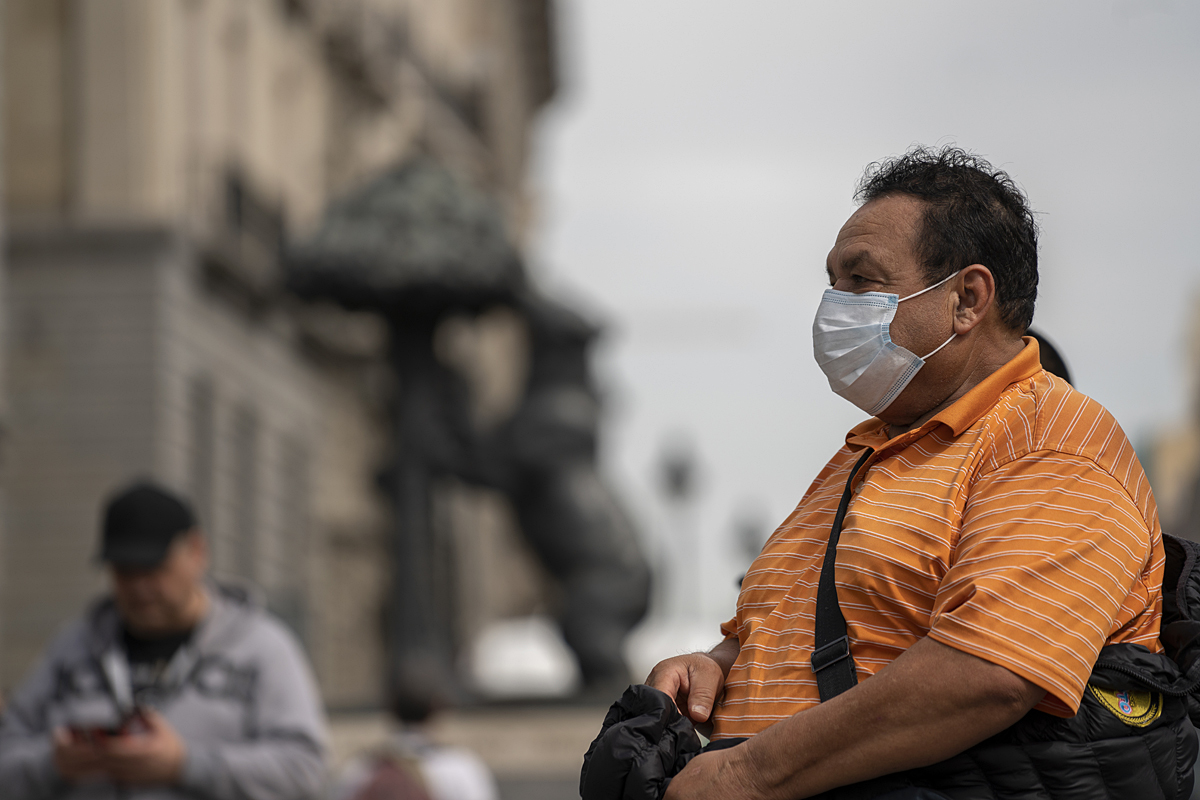- WHO: What does it mean that the coronavirus is a global pandemic?
Since the end of February, the majority of reported cases of coronavirus have been from outside China. This is indicated in the latest balance of the European Center for Disease Prevention and Control (ECDC) which concludes that as of March 11, 2020, a total of 100 countries have reported 118,598 SARS-CoV-2 infections. Most of these, that is, 22,105, are concentrated in the European Union and the United Kingdom, with 643 deaths.
A panorama that the World Health Organization (WHO) already describes as a pandemic. It is spreading at an increasing rate in the affected areas, such that " in a few weeks or even days, situations similar to those observed in China and Italy in other countries of the European Union are likely to occur ." There is a need for immediate focused action, "states the balance.
There are no vaccines available and there is little evidence of the effectiveness of possible treatments. The risk of exceeding the capacity of the health system in Europe "in the coming weeks is considered high." According to the report, the situation is evolving very rapidly and it is appropriate to consider a rapid, proactive and comprehensive approach to delay transmission. Given the rapid increase in cases, "a rapid change from a containment approach to a mitigation approach is required . " You have to act in advance.
Therefore, the measures taken at this stage should aim to protect the most vulnerable population groups from diseases and strengthen health systems. Taking into account current epidemiology, risk assessment and expected developments in the next few days to a few weeks, the following public health measures are necessary in Europe:
* Distance measurements . This can disrupt person-to-person chains of transmission, prevent further spread, reduce the intensity of the epidemic, and slow the growth of cases, while allowing health systems to prepare for and cope with a larger influx of patients. They would be, for example: the immediate isolation of suspected or confirmed symptomatic people, the suspension of mass meetings , prevention in the workplace (telework, suspension of meetings, cancellation of non-essential trips), measures and closure of schools or sanitary cordon of residential areas with high levels of community transmission.
* Ensure that the public is aware of the seriousness of COVID-19 and is committed. A high degree of understanding of the population, solidarity and discipline are required to apply strict measures of personal hygiene and social distancing.
* Prevention and control of COVID-19 in hospitals and long-term care facilities is an immediate priority to slow down the demand for specialized medical care, such as ICU beds, to safeguard vulnerable populations and to protect workers from Health.
* Countries should identify the medical care units that can be designated to attend COVID-19 cases, to minimize transmission to non-cases.
* If resources or capacity are limited, rational approaches should be implemented to prioritize high-performance actions , including: rational use of confirmatory testing, reduction of contact tracing to focus only on high-performance contacts, or hospitalization and rational implementation of criteria for isolation.
* As the epidemic progresses, surveillance should monitor the intensity, geographic extent, and impact of the epidemic on the population and health systems and assess the effectiveness of the measures implemented.
According to the criteria of The Trust Project
Know more- Science and Health
- China
- Coronavirus
- Covid 19
SaludSanidad: "There is no shortage but there may be if we do not close joint purchases in a reasonable time"
HealthCoronavirus in China: online classes for 180 million children locked up in their homes
HealthHu Hanying, the 98-year-old patient who has overcome the Covid-19 coronavirus in a hospital in Wuhan

